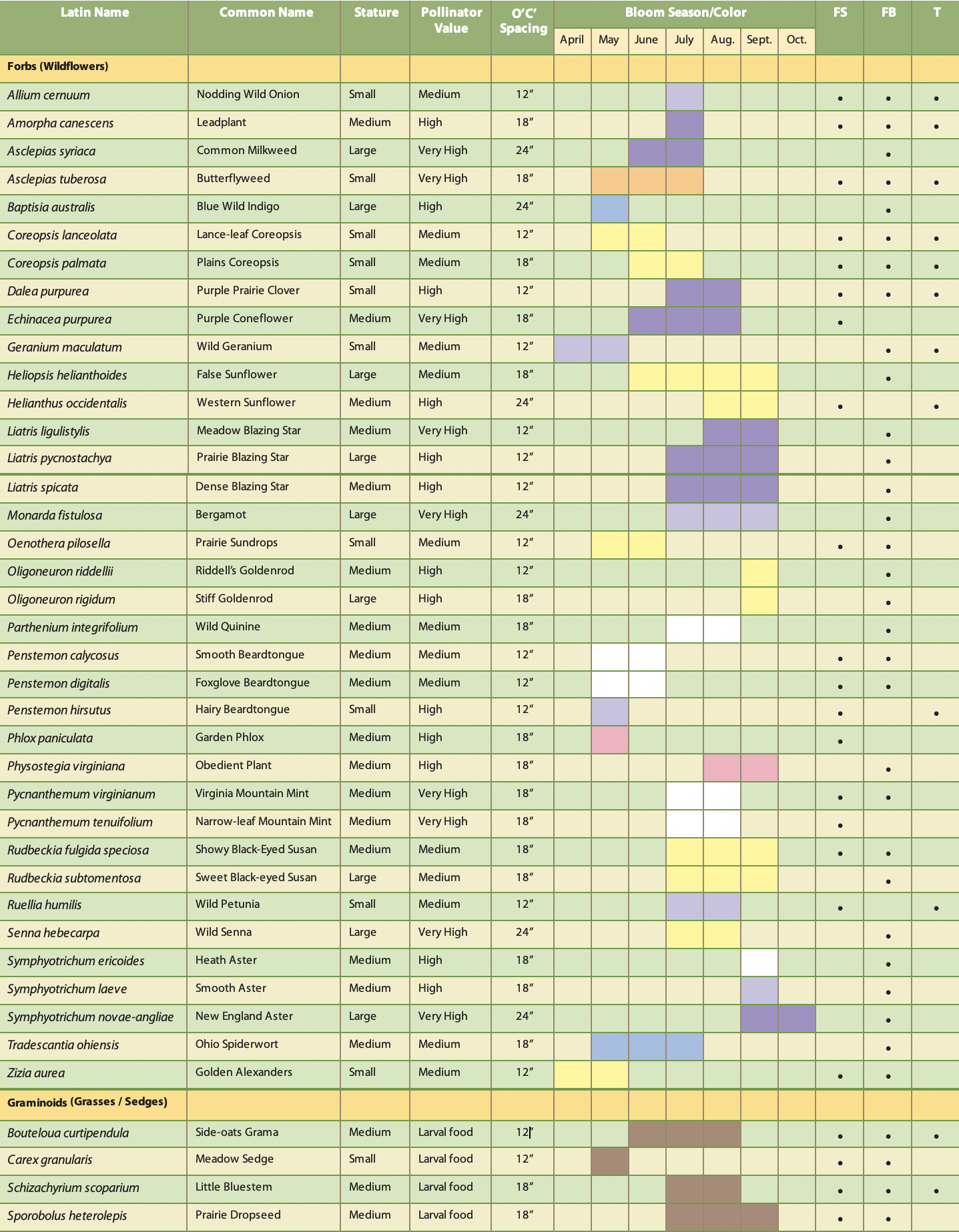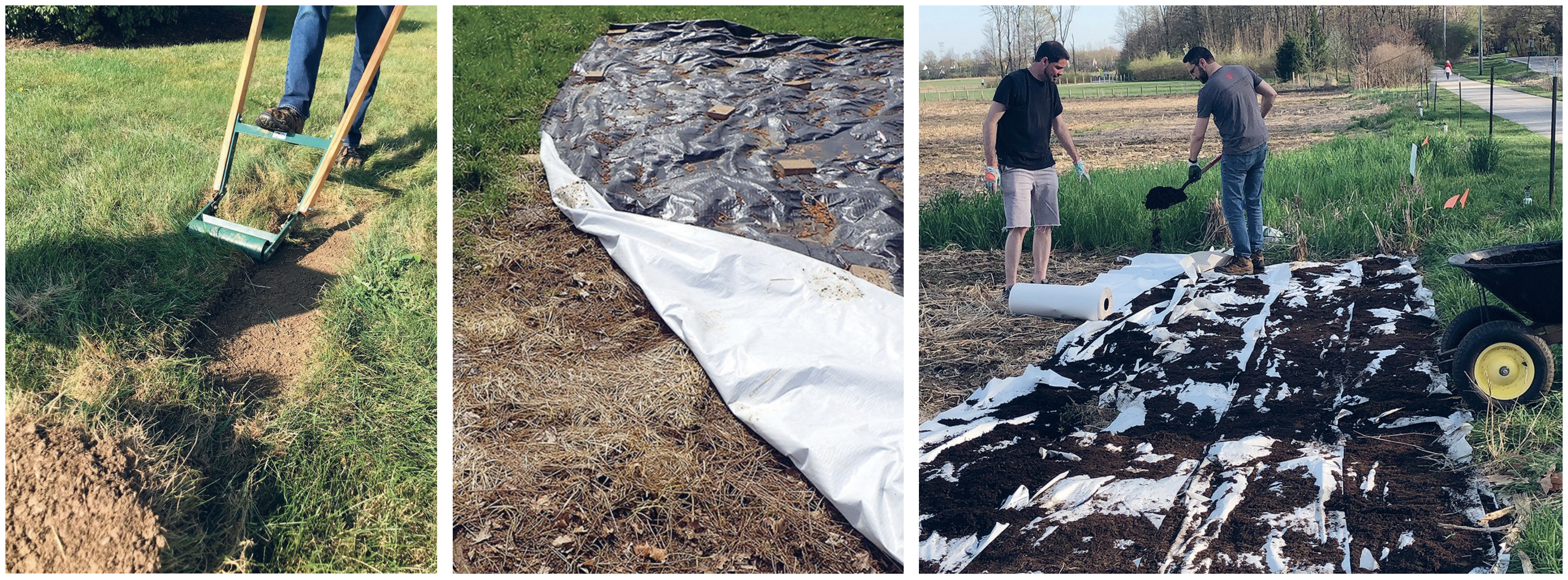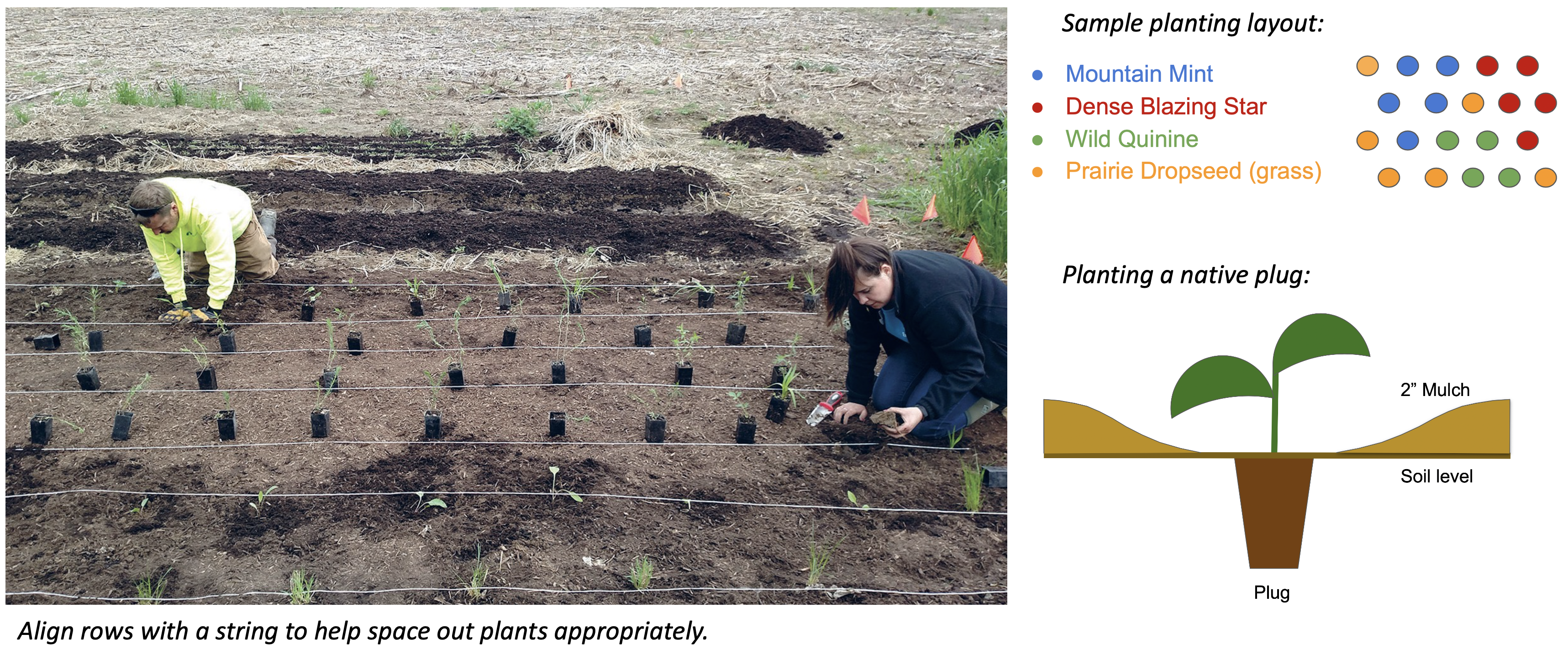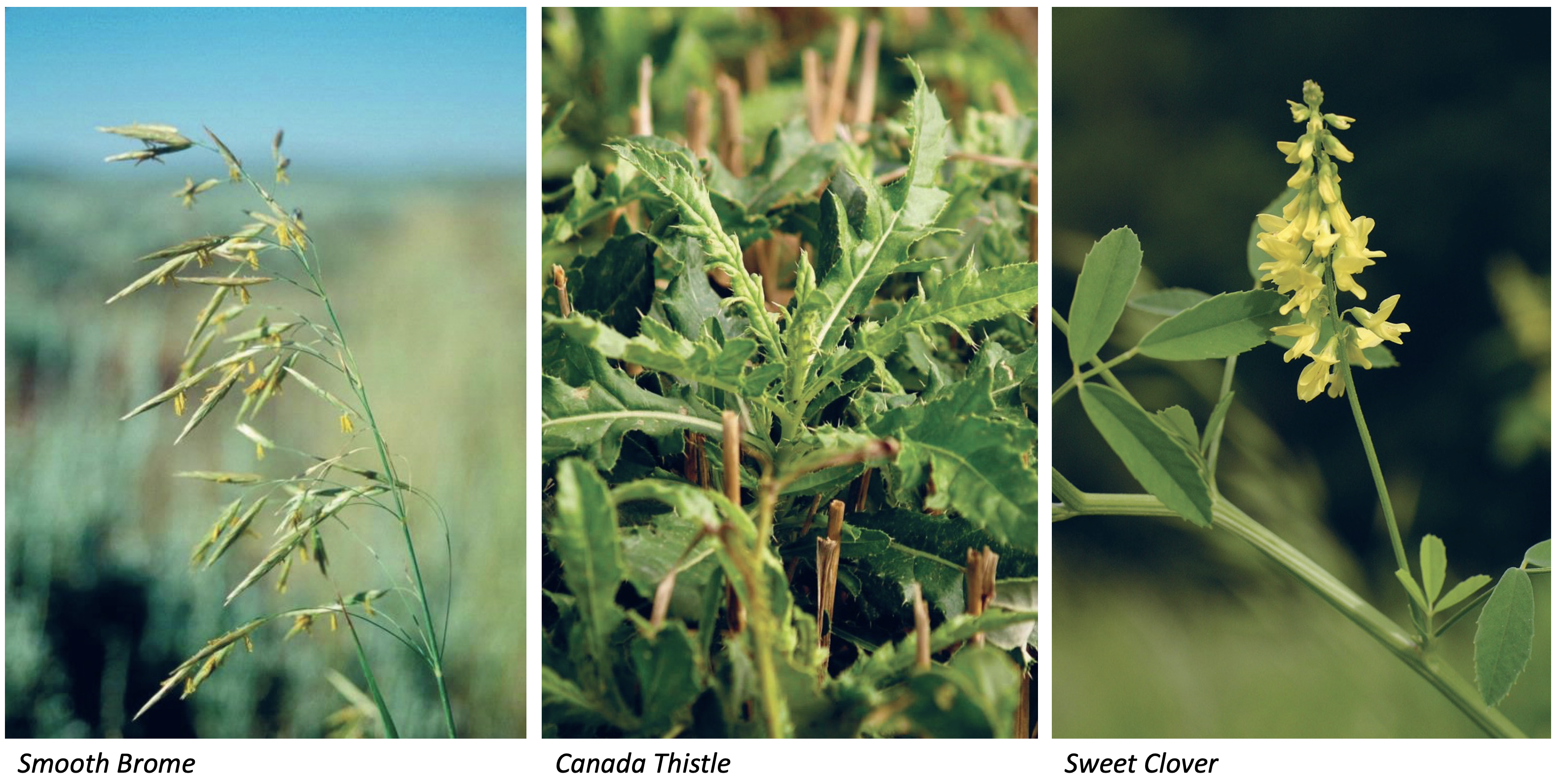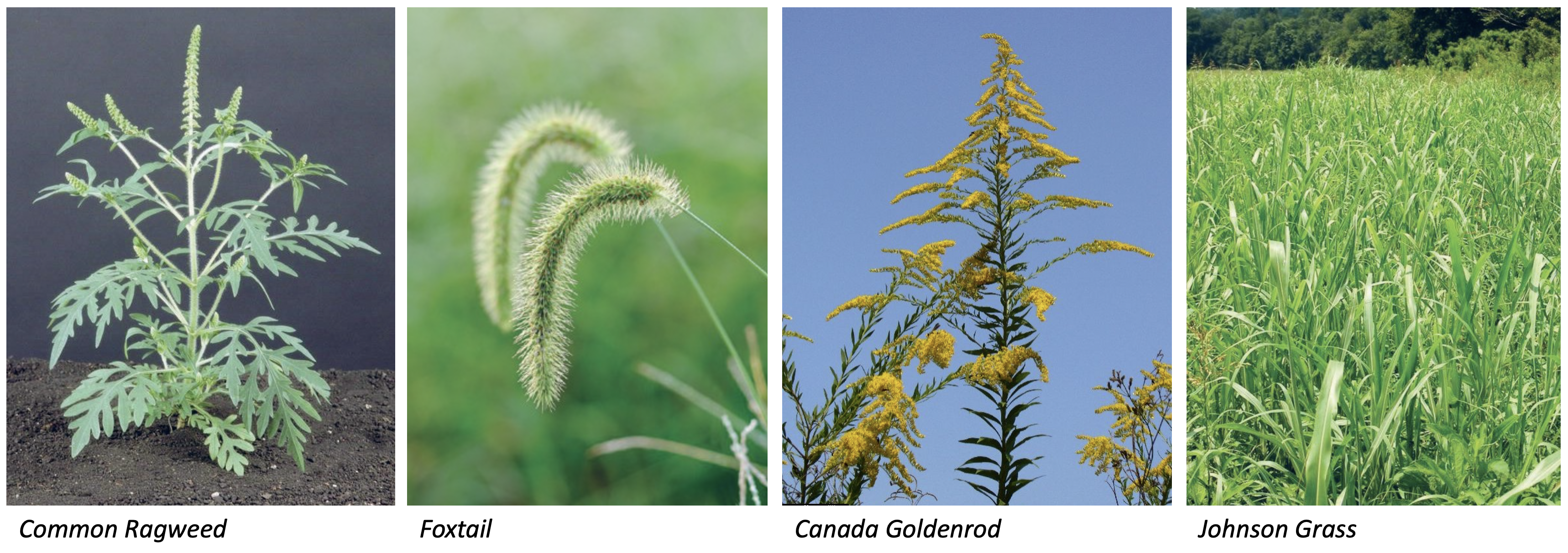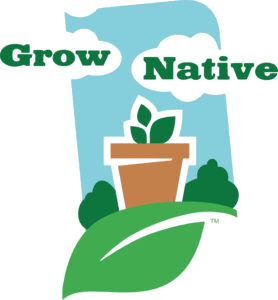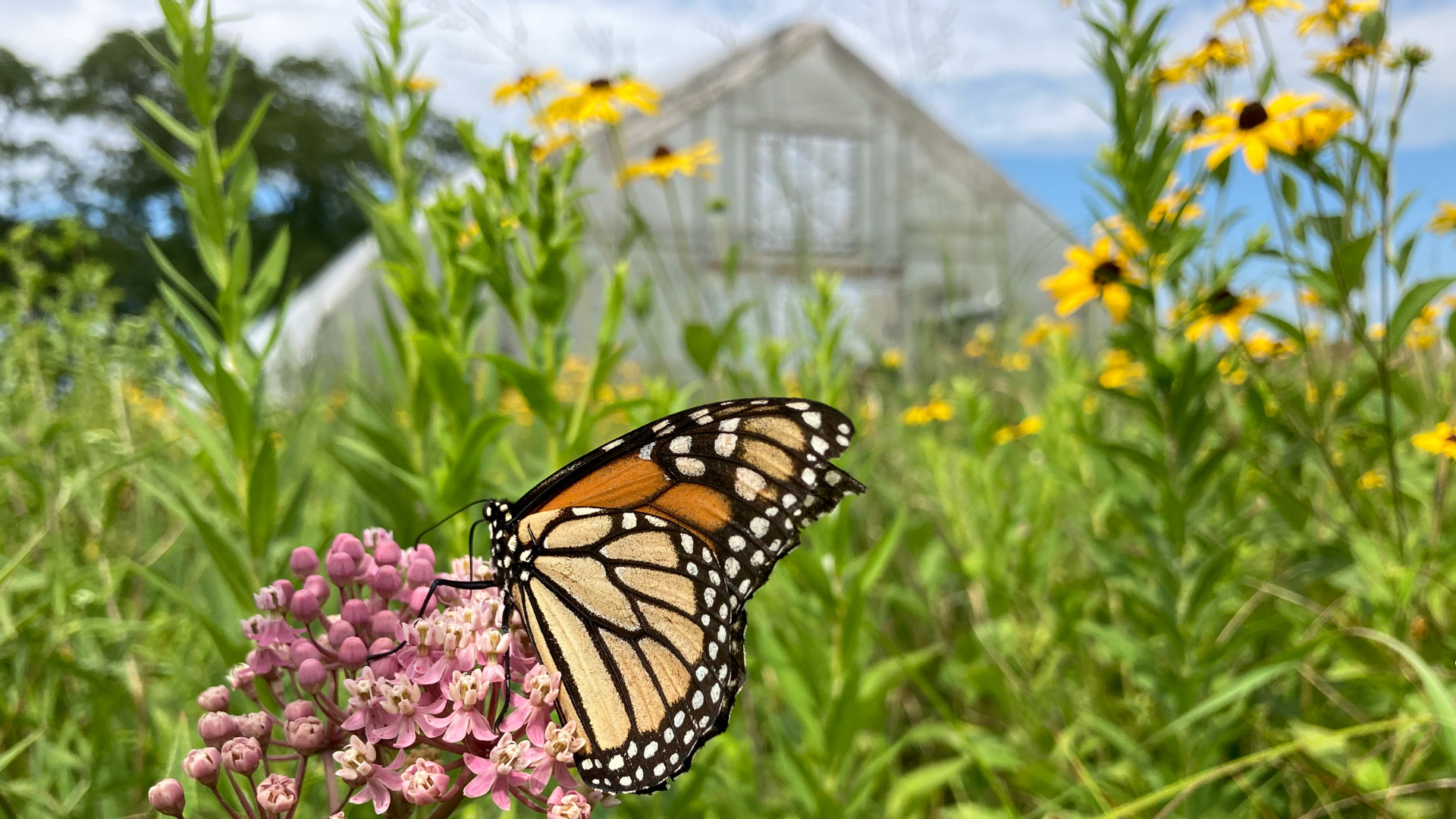Native Plants
What are native plants?
“A plant is considered native if it has occurred naturally in a particular region, ecosystem, or habitat without human introduction.”
—National Wildlife Federation
Native plants have co-evolved with the other plants, animals, fungi, and bacteria as well as the climate, light and soil conditions in a particular habitat and region, and thus play meaningful roles in keeping particular ecosystems stable.
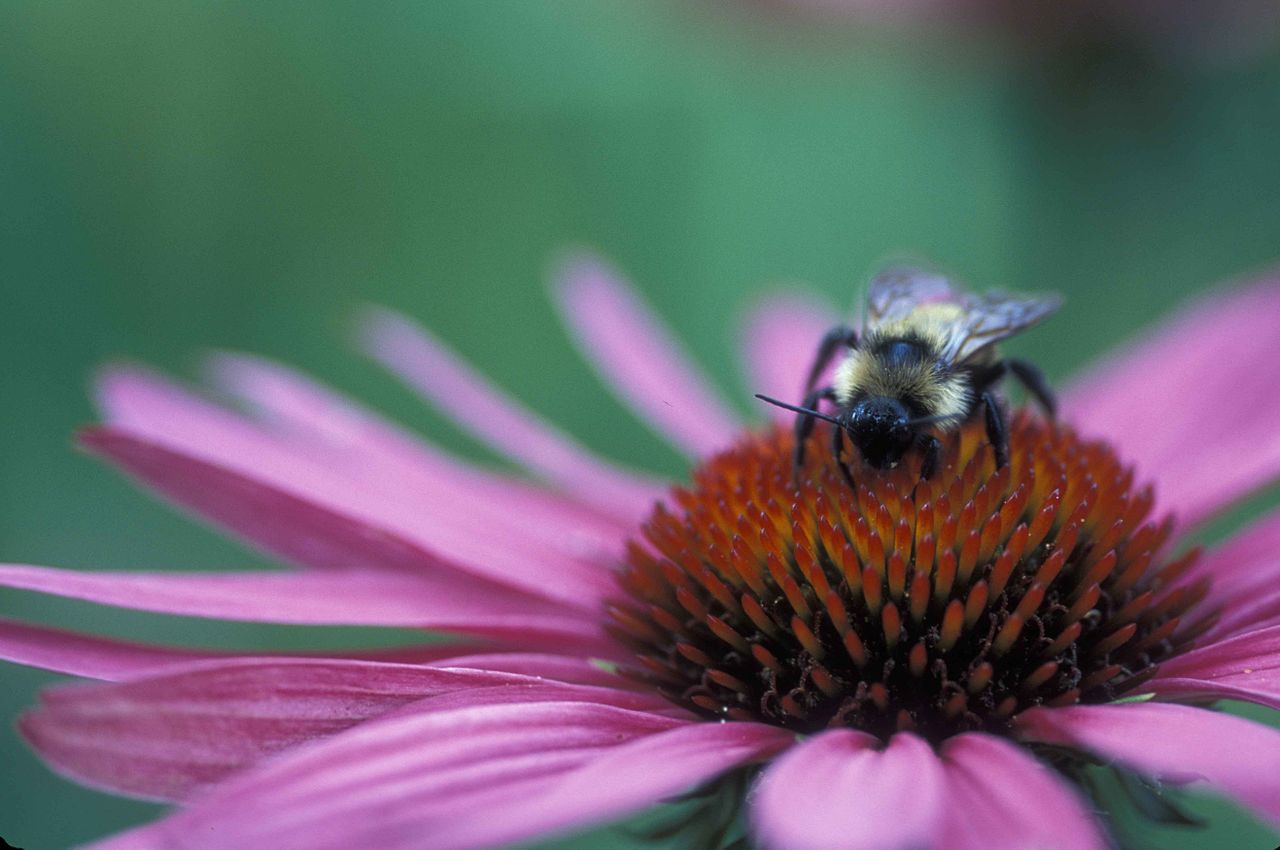
Why are native plants important?
Ecosystem services
“Native plants are the necessary heart of healthy ecosystems. Plants power the food web for the rest of life on earth. Within this web, it is the balance of co-evolutionary relationships that allows millions of different species to all live closely together within a shared place. In a local ecosystem, only the plants that have evolved over an extended period of time with the other flora and fauna present can successfully feed the entire web and keep it stable.”
— Grow Native Massachusetts
Native plants provide important ecosystem functions and services. They support a diverse array of insects and other wildlife. Native plants are particularly valuable for specialist species. Over 90% of plant-eating animals are specialists. Specialists are the opposite of generalist species, in that they are adapted to require a particular environment, and usually a specific diet, which often is limited to very few foods. Often specialist species feed on certain native plants, due to a symbiotic relationship that has formed over thousands of years. Habitat diversity that includes native plants is critical to these species’ survival.
A classic example of a relationship between a specialist species and a native plant is with monarch butterflies and native milkweeds. Monarch caterpillars only feed on the foliage of milkweed plants. Through milkweed plant habitat protections and plantings, people can help sustain monarch populations.
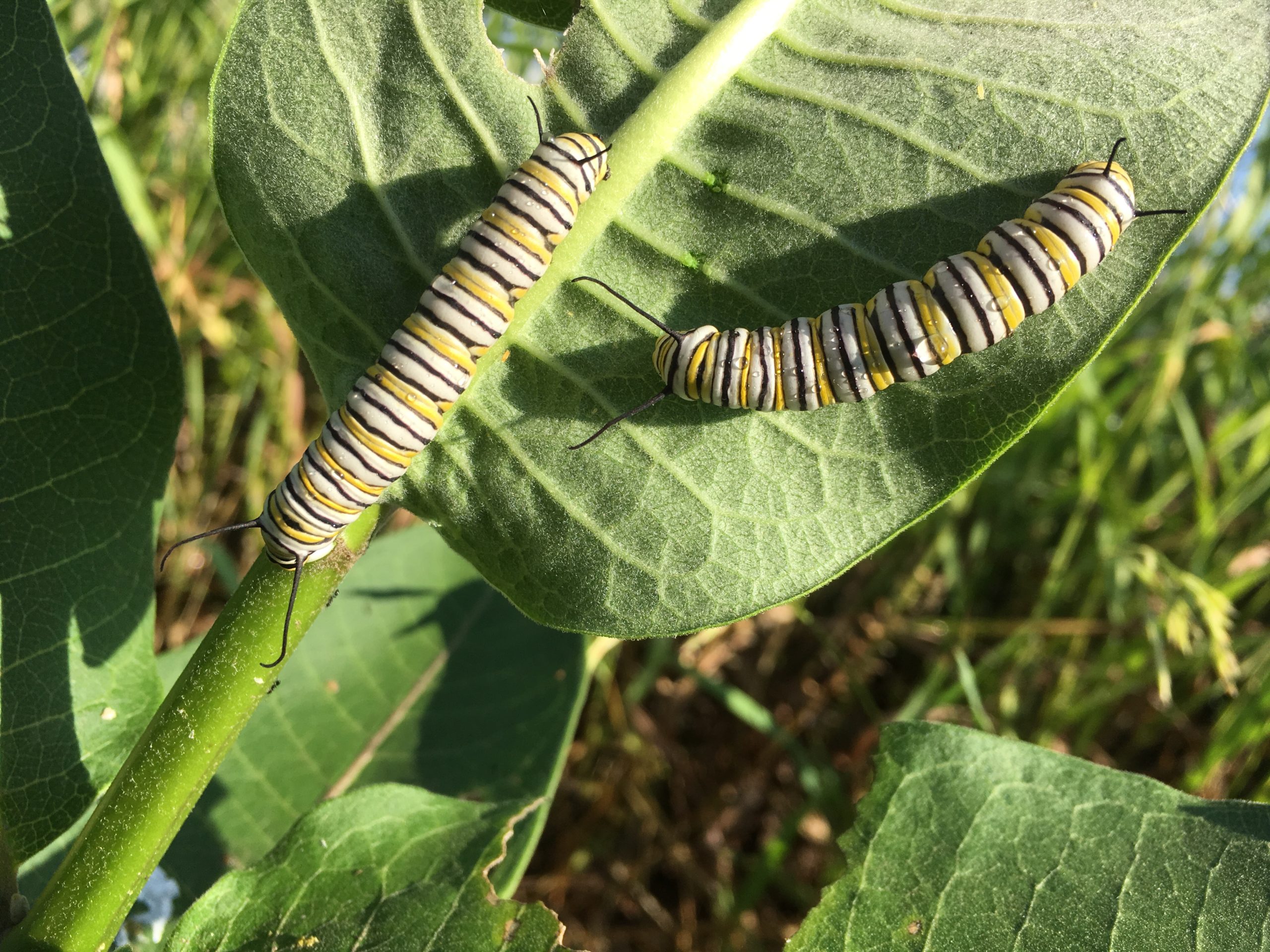
Crop production
Native plant communities additionally provide ecological support to fruit and vegetable growers by increasing the number and diversity of beneficial insects and pollinators. Many native plant species are found to be especially productive in providing habitat for pollinators and for beneficial insects that suppress crop pests. Native plantings can be beautiful, but their benefits go far beyond aesthetics.
Beneficial insects include, but are not limited to, soldier beetles, predatory wasps, tachinid flies, and an assortment of bees. Providing habitat in close proximity to vegetable crop production can have an impact on aphids, Colorado potato beetles, and other pests through predation and parasitoidism.
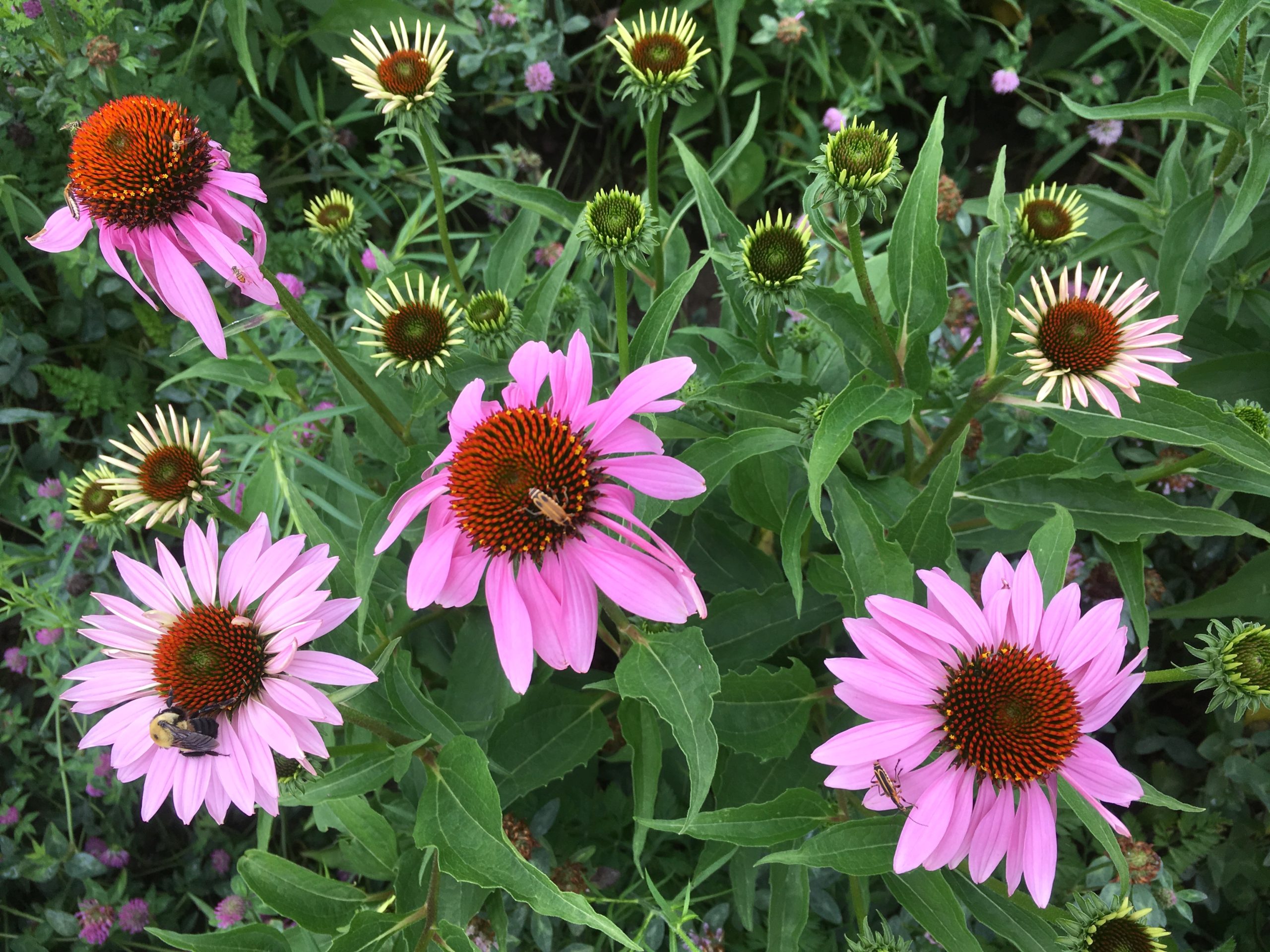
Water management & Soil health
Plant communities have two equally important portions. The above-ground photosynthetic portion of the plant communities is the obvious one to most people. At the same time, the below ground system of roots is equally important to the community. Native plants typically have very deep root systems. These roots improve water infiltration in the soils in which they are planted. Thus, native plants assist in managing rainwater and stormwater runoff, and increase groundwater recharge. Native plant roots support symbiotic microorganisms and fungi, and feed life underground. They help break up compacted soils, increase soil organic matter, and boost overall soil health.
The structure of roots systems is a very important component of how this below ground community functions. As seen in the diagram below, herbaceous broadleaf forbs (wildflowers) tend to either have a prominent taproot with some side branches or a coarsely fibrous root system. In contrast, graminoids (including grasses and sedges) tend to have densely fibrous fine-textured roots that more thoroughly occupy the root zone.
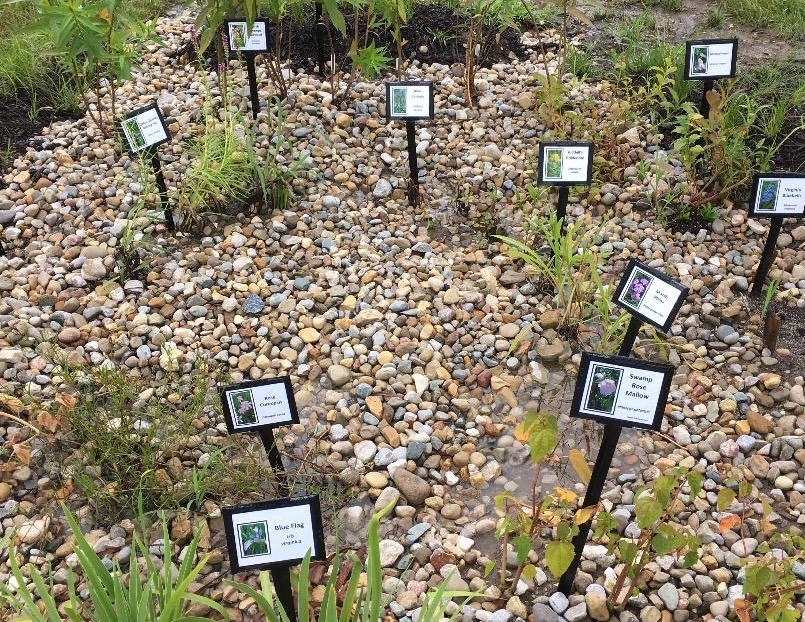
Can I actually make an impact by planting a few natives?
YES! You absolutely have the ability to increase valuable habitat, even in a small amount of space. You can incorporate native plants into your landscaping and farmscaping. Depending on the size of the plants, and time of year they’re planted, you will likely see beneficial insects and pollinator insects visiting your flowering natives in a relatively short amount of time. You will be providing critical food and nest sources for specialist species (and generalist insects as well).
Especially in urban spaces, individuals’ landscaping choices have a significant impact on habitat diversity and stormwater runoff mitigation. Established native plants will also help sequester carbon dioxide, and contribute to lowered temperatures in urban areas. There are myriad benefits to adding natives to your yard, and you do not need to convert your entire space into a native prairie in order to enjoy many of these benefits.

How do I incorporate native plants into my garden, farm, and/or landscaping?
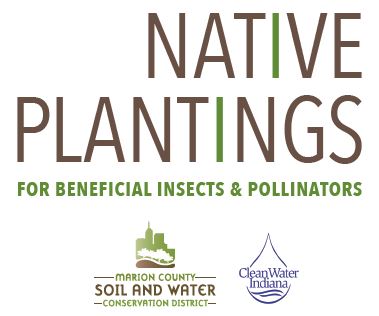
The SWCD created a guide document to provide a recommended species list and methodology for establishing a native planting on Indiana small farms and gardens. These species are found to be especially productive in providing habitat for pollinators and for beneficial insects that suppress crop pests.
This publication was funded through the Indiana State Department of Agriculture’s Clean Water Indiana grant program.
Access the full guide: Native Plantings for Beneficial Insects and Pollinators (pdf).
The information in the guide is outlined in the web materials below.
Top 10 Indiana Native Plants
Every native plant has its values. There are SO many to choose from, and it can be overwhelming to select which ones to plant.
Here are some of our favorites.
Wildflowers
Asters (New England, Short’s, Smooth Blue)
Bergamot
Black eyed susans (Sweet, Showy)
Blazing stars (Prairie, Meadow, Dense, Marsh)
Coneflowers (Purple, Pale Purple, Yellow)*
Goldenrods (Stiff, Riddell’s)
Mountain mints (Virginia, Narrow Leaf)
Milkweeds (Common, Whorled, Swamp, Butterflyweed)*
Nodding wild onion
Wild senna
* important to select varieties native to Indiana, not cultivars.
Don’t forget the graminoids (grasses)!
Grasses provide important food sources for insect larvae.
Big bluestem
Little bluestem
Prairie dropseed
Northern dropseed
Burr sedge and many other sedges
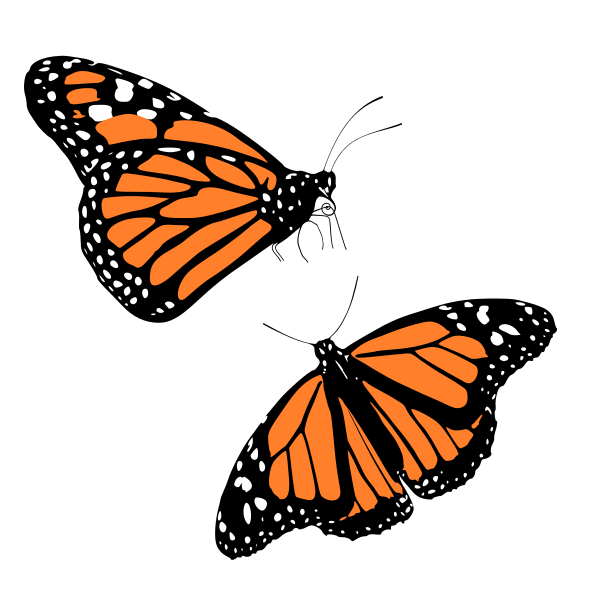
Resources & Links
- Marion County SWCD: “Native Plantings for Beneficial Insects and Pollinators”
- Marion County SWCD: “Insect-Management” info and resources
- Purdue Extension: “Recommended Indiana-Native Plants for Attracting Pollinators”
- Indiana Native Plant Society (INPS): “Landscaping with Plants Native to Indiana”
- Xerces Society: “Pollinator Plants Midwest Region”
- Xerces Society: “Checklist of Actions to Promote Pollinators in Yards, Gardens, and Parks”
- USDA Natural Resources Conservation Service: Plants database
- Missouri Botanical Garden: Plant Finder
- Grow Indiana Natives: native plant nurseries / sources
- Grow Indiana Natives: certify your native garden
- Plant calculator: determine spacing for a plug planting
- Hamilton County SWCD: Creating and Maintaining a Prairie



